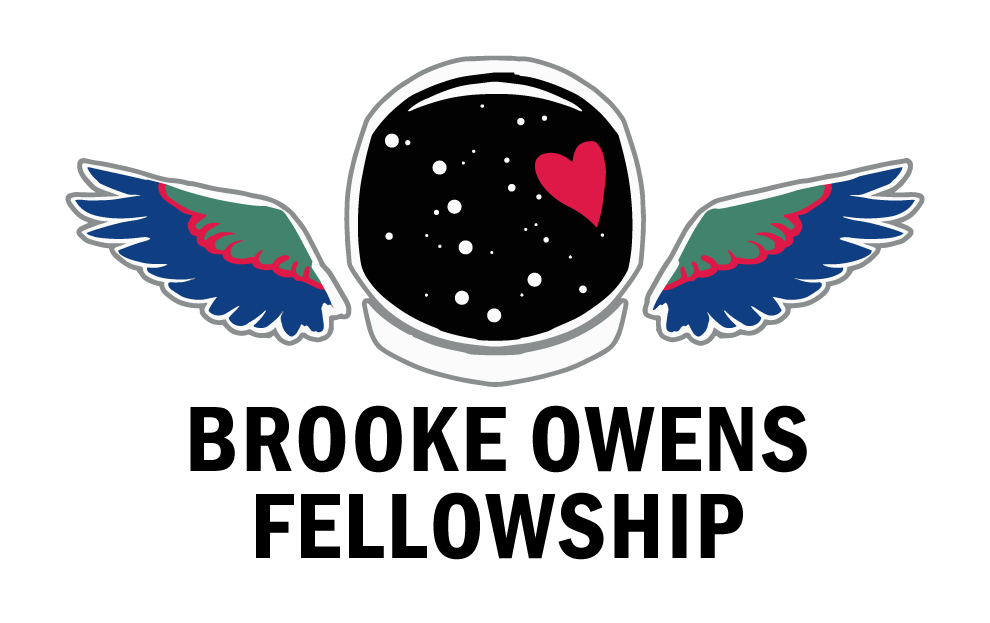SHANNEN PRINDLE
(she/her)
Shannen Prindle is a Structures Engineer at SpaceX on the Starship Launch Tower team. She graduated from Princeton University in 2023 with a degree in Mechanical and Aerospace Engineering and a certificate in Astrobiology.
During college, Shannen spent a summer at Princeton Satellite Systems and her gap year doing mechanism design for Astrolab’s FLEX rover. Following that, she interned at SpaceX for two summers on the Dragon mechanisms production and Starship launch tower teams before returning full-time post-graduation. Shannen was involved with Princeton's TigerSats lab since freshman year, and built a CubeSat reaction wheel prototype for her senior thesis project. In the Princeton Rocketry Club, she served as President and led the High-Power Rocketry (HPR) team. She also founded the BB-8 Droid Team.
Shannen is avid about STEM outreach. She enjoys filming and editing video projects, served as an officer for Princeton's Society of Women Engineers chapter, and worked as an Explainer at the Smithsonian Steven F. Udvar-Hazy Center. Outside of academics, Shannen loves hiking and photography.
As a Brooke Owens Fellow, Shannen conducted research on Enceladus at the Smithsonian National Air and Space Museum in the Center for Earth and Planetary Studies (CEPS). Shannen also served as a BOF Summit Coordinator in 2021.

